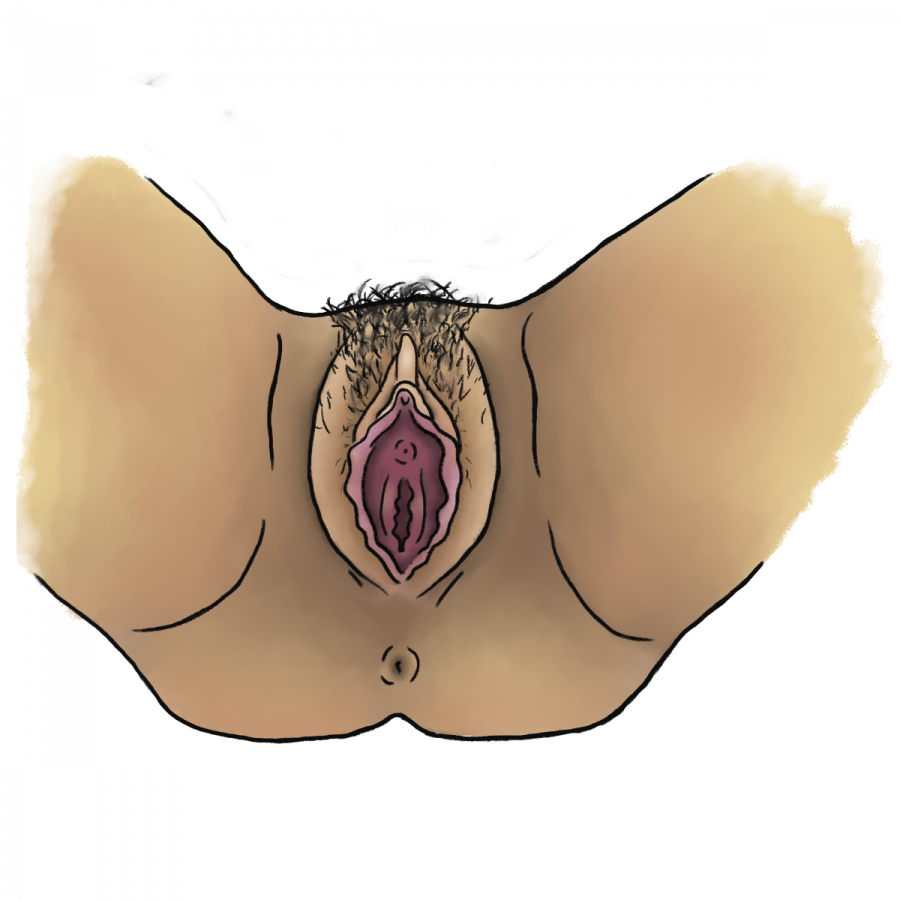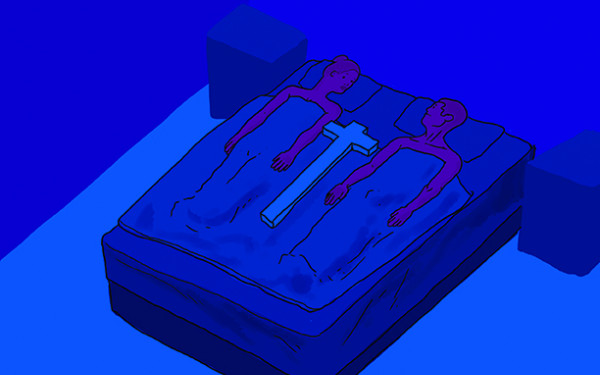The Perilous Journey of the Female Orgasm
The Medical Patriarchal to Female Pleasure and Anatomy
As a young girl, the inner workings of the female body fascinated me. Since learning of its cyclical nature, the impact of hormones on the mind and the mysterious changes brought about by puberty, the body’s complexity became enthralling.
Knowledge about female anatomy is fundamental, especially for those living in these bodies. Understanding the workings of our bodies makes it easier for us to be confident that any experienced pain might not be normal. It also allows us to make informed decisions about our bodily health, especially when faced with gender bias in healthcare.
I was very excited to deepen my knowledge during my first sexual education classes in grade nine. Three classes focused mostly on the importance of using contraception and getting regular tests for sexually transmitted infections. Though I am glad I was spared the rhetorics of abstinence being the best method of contraception, this was a sexual education class where sex was noticeably absent and orgasm was even more noticeably tabooed.
Patriarchal stigmatization of female pleasure continues to cause harm. We are told our pleasure is shameful and that sex is not something to be enjoyed. As I grew older and took part in conversations about sex with those around me, the topic of female pleasure finally came into the picture.
The female orgasm has always had its degree of potentially harmful mysticism. Is the vaginal orgasm possible? Can orgasms only occur through clitoral stimulation? Is the G-spot real? Are female orgasms different from male orgasms? Is it more difficult for women to orgasm? What does an orgasm feel like for women?
The clitoris is an erogenous sexual organ that has suffered from the stigma regarding female pleasure. Because it is a sexual organ that is not useful for reproduction and whose only function is female pleasure, the medical community has not studied it in depth. Urologist surgeon Helen O’Connell, who was the first person to map out the anatomy of the clitoris, told The Guardian that many of her fellow doctors (including obstetrics and gynecology doctors) did not know about the complete anatomy of the clitoris.
The term orgasm gap—popularized by Dr. Laurie Mintz of the University of Florida—refers to the discrepancy between the male versus. female orgasm rate. According to a 2018 U.S. National Sample study, heterosexual men have 95 per cent orgasm rate during sex, while heterosexual women have a rate of 65 per cent. This shocking difference is not due to women being naturally less prone to orgasms than men—it is due to a lack of medical knowledge regarding the female body.
Until 2017, science manuals across France misrepresented the clitoris’ anatomy. It was discovered in 2022 that the clitoris had over 10,000 nerve endings and not 8,000, like it was previously thought. The clitoris, which many consider to be essential to orgasm, is misunderstood and unknown by many.
When medical professionals neglect the importance of the clitoris in the lives and health of those concerned, it normalizes the exclusion of the clitoris from medical discourse. This exclusion directly impacts the sexual satisfaction of all those with a clitoris, since a vital part of their sexual anatomy gets medically dismissed. How can one expect to reach orgasm without adequate knowledge of their sexual anatomy?
The orgasm gap is a reflection of the medical community’s historical unwillingness to study female anatomy with the same fervor as they do for male anatomy. It also reflects a desire to maintain female pleasure within the confines of shame, perversion and immorality.
I wish my sex-ed classes had taught me about the clitoris, along with accurate depictions of female anatomy. I wish my sexual education classes had not separated boys and girls so all of us could have learned more comprehensively together. However, wishes will not bridge the orgasm gap.
To be properly understood, female anatomy needs to be studied, free from the confines of patriarchal prejudices. Those new scientific discoveries should then be made available to all. No one should discover what the anatomy of half of the world's population looks like only when entering their 20s.
This article originally appeared in Volume 43, Issue 9, published January 10, 2023.


_600_832_s.png)



_600_375_90_s_c1.jpg)